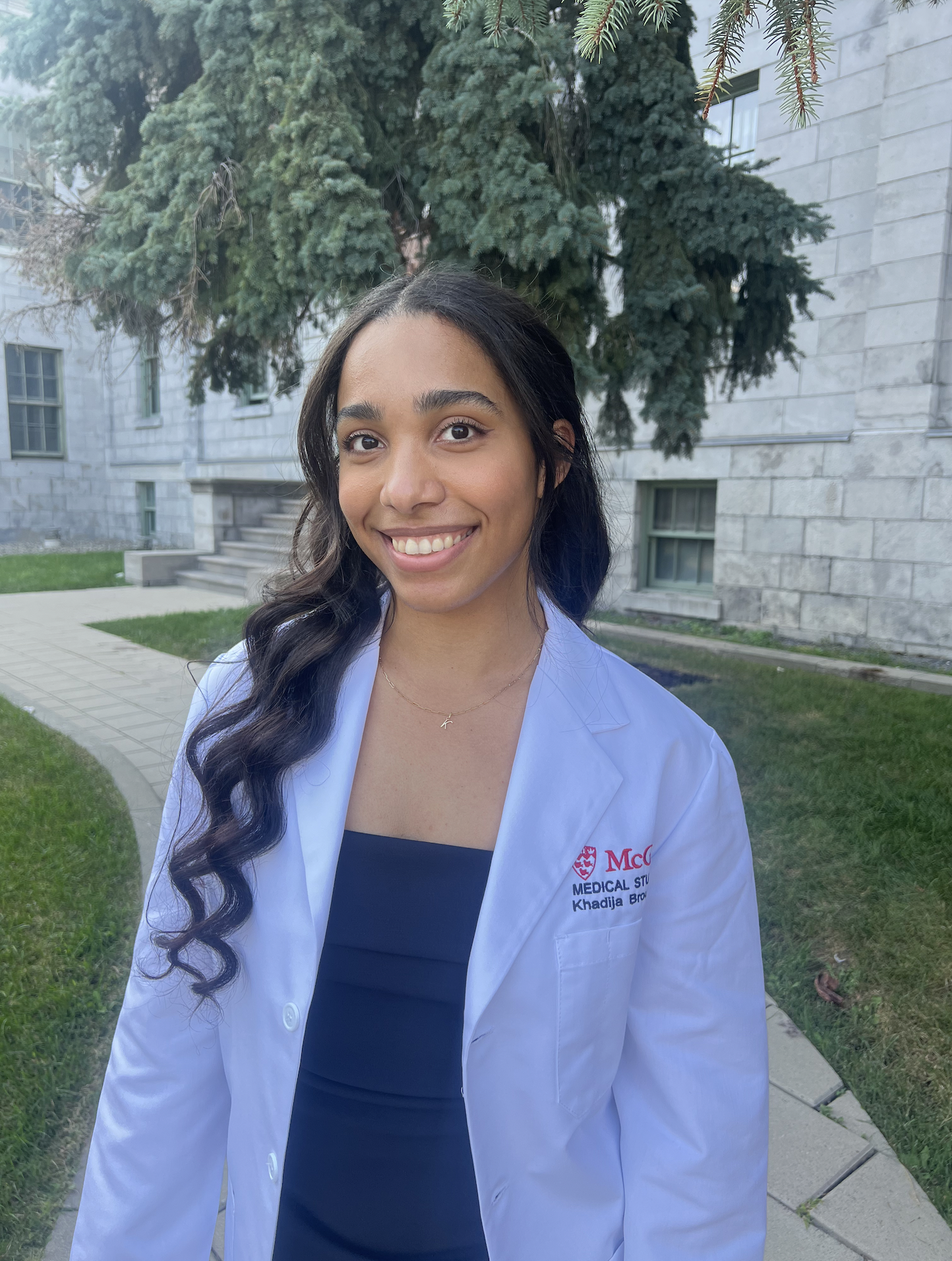📸Calling all photography enthusiasts and advocates for diverse representation in healthcare!📸
What it is: A first-ever CAEP photography competition designed to promote equity, representation, and inclusivity in emergency medicine education by showcasing images that reflect the diversity of healthcare providers and patients in Canada. Accepted photographs will be showcased in CAEP’s new open access Images in Emergency Medicine webpage. Top ranking photos will be featured in a presentation at CAEP24 in Saskatoon (click here) and the winning photo will be featured on the cover of the Canadian Journal of Emergency Medicine.
Why are we doing this: There is a lack of representation in images for emergency medicine teaching.1,2 Countering stereotypes through images in education is an important strategy to address equity gaps. 3–5
When can I apply: The competition opens January 16th. The final date for submissions is April 2nd. Be sure to allow yourself enough time to get the appropriate permissions from your institution.
Where should photos be taken: These photographs will represent a diversity of emergency medicine experiences within Canada. They can come from a variety of settings. If you are taking photos in your healthcare institution, be sure to get a signed permission letter [link here] beforehand and stay within your setting’s photography guidelines.
Who: All emergency physicians, residents, and medical students interested in emergency medicine are invited to participate. CAEP members will have an advantage in the competition!
How: Submit your high resolution photograph(s) here along with the permission letter from your institution [link] (if your photograph was taken at a healthcare site) and consent forms for the people in your photograph(s)[link]
Submitted images should meet the following criteria:
- High quality (high-resolution JPEG is an image that is typically 300 dots per inch or higher, over 3.5 megabytes)
- clear details with the subject in clear focus, taken in a well-lit environment,
- Properly exposed: The image should have balanced brightness and contrast, with no overexposed or underexposed areas.
- Images showing patient faces will be excluded
- Uploaded as a .png or .jpeg file
Together, let’s create a visual narrative that reflects the diverse faces and stories that make up the incredible world of healthcare. 📸✨
#HealthcareThroughMyLens #DiverseImagesInHealthcare #CAEPImageCompetition2024
If you have any questions about the program, please contact Julia Beljo at [email protected]!
This post was copy-edited by @aafia-maqsood
References
- 1.Kalantari A, Alvarez A, Chung A, et al. 228 Sex and Racial Visual Representation in Emergency Medicine Textbooks: A Call to Action to Dismantle the Hidden Curriculum Against Diversity in Medicine. Annals of Emergency Medicine. Published online October 2021:S92. doi:10.1016/j.annemergmed.2021.09.240
- 2.Kalantari A, Alvarez A, Battaglioli N, et al. Sex and race visual representation in emergency medicine textbooks and the hidden curriculum. AEM Education and Training. Published online June 2022. doi:10.1002/aet2.10743
- 3.Massie JP, Cho DY, Kneib CJ, et al. Patient Representation in Medical Literature: Are We Appropriately Depicting Diversity? Plastic and Reconstructive Surgery – Global Open. Published online December 2019:e2563. doi:10.1097/gox.0000000000002563
- 4.Good JJ, Woodzicka JA, Wingfield LC. The Effects of Gender Stereotypic and Counter-Stereotypic Textbook Images on Science Performance. The Journal of Social Psychology. Published online February 26, 2010:132-147. doi:10.1080/00224540903366552
- 5.Turbes S, Krebs E, Axtell S. The Hidden Curriculum in Multicultural Medical Education. Academic Medicine. Published online March 2002:209-216. doi:10.1097/00001888-200203000-00007




